Objective
The objective of this use case is to automate the process of handling Full Container Load (FCL) requests via email. This involves accurately extracting rate information from client emails and generating a professional, well-formatted quote in response. The aim is to streamline the quoting process, reducing manual effort, minimizing errors, and ensuring timely, consistent communication with clients.
Workflow
The figure below shows the step-by-step method we’ve used for this use case and they are explained further below:
Figure: Email Quoting Workflow
Send email to Bot Email : The client will send a sample email to our bot email. An example email is shown below: "Please quote me for two 20ft high cubes from Hong Kong to Long Beach." Receive Email Request : The system receives an email request from a client asking for a quote on Full Container Load (FCL) shipments. Extract Shipment Details : The email content is automatically parsed to extract key details such as: Container type (e.g., 20ft high cube, 40ft standard) Origin (e.g., Hong Kong, Chennai) Destination (e.g., Long Beach) Retrieve and Calculate Rate Information : The system queries database using the extracted details to retrieve the appropriate rate information for the requested shipment. Generate Quote : Once the rate information is retrieved, the system generates a quote. The quote is formatted into a pre-designed quote template. Send Quote to Client : The system automatically sends the generated quote back to the client via email. Integration
BOT Email : april_email@preprod.rippeybot.com
System Interaction Overview
This integration aims to make quote generation faster by deriving the rate information instantly as soon as the client requests it. The components involved are:
UFL Dashboard: We have our existing dashboard which we have used as the quote generation platform. We have used our product, Email Automation, in pre-prod environment. Hackathon Database: We have used the database provided to us to derive rate information and generate quotes.
Workflow Integration
Email Parsing and Extraction: Model extraction is performed using OpenAI (OAI) to parse and extract key details from client emails. Database Querying: We utilize an existing API to link to the provided database sheet. The cheat sheet supplied to us was instrumental in obtaining the necessary access token and authorization information. Rate information is then extracted and calculated from the data available in the database. Quote Generation and Formatting: Once the calculations are complete, a pre-designed default quote template is used to generate the final quote, which is prepared for sending to the client. Data Logging: Upon generating the quote, the final information is logged in the "Result-EmailPath-QuoteGenerated" tab. This process uses the same API and method as in the database querying step. Email Sending: The accurately formatted quote is then sent back to the client, ensuring they receive the correct information promptly. Error Handling and Monitoring
We will be having different mechanisms to handle the errors that we face while generating quotes. They are explained below:
Missing Data: In case there is missing information in the email sent by the customer such as origin, then an error template with the proper message is sent to the client describing what’s missing in it. Results
The rates are successfully calculated as you can see in the state “Calculate total charge” as shown in the screenshot below. After the calculation of the quotes, we have posted it in the sheet in the “Result-EmailPath-QuoteGenerated” tab and then it is sent back to the customer in the mail in a well formatted template.
Figure: Calculate total charge State
Figure: Post To Sheet State
Figure: Send Success Email State
 Use Case 1 - Simple Email Quoting
Use Case 1 - Simple Email Quoting







